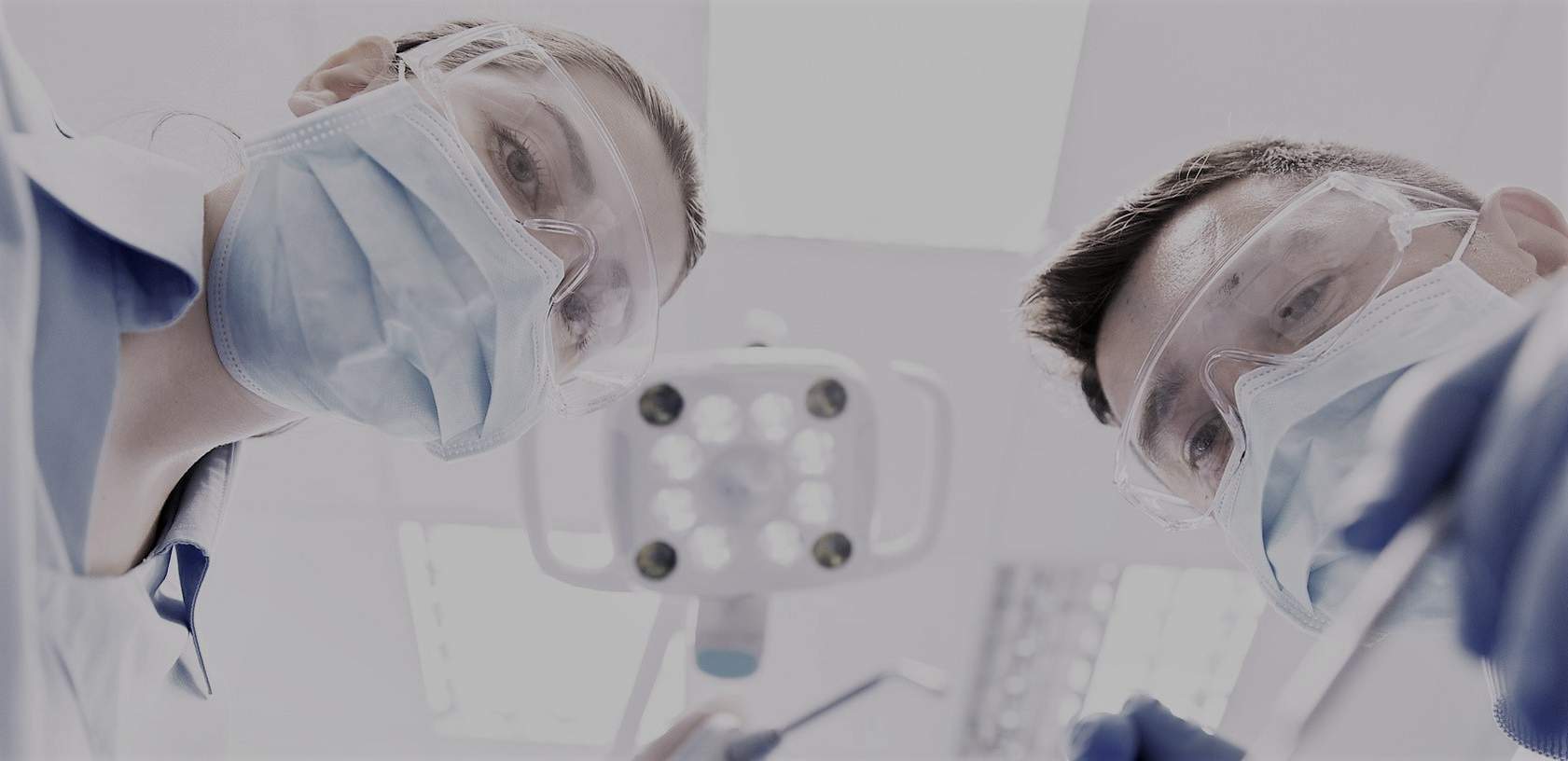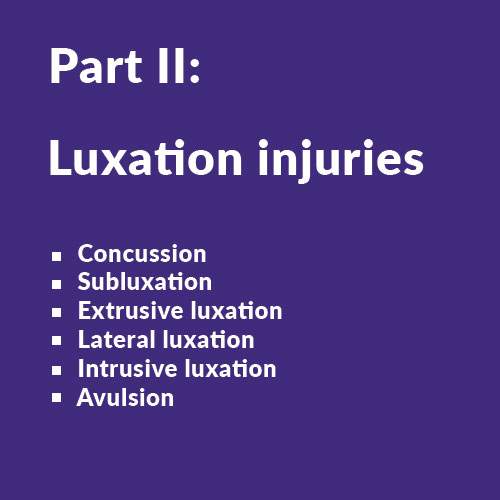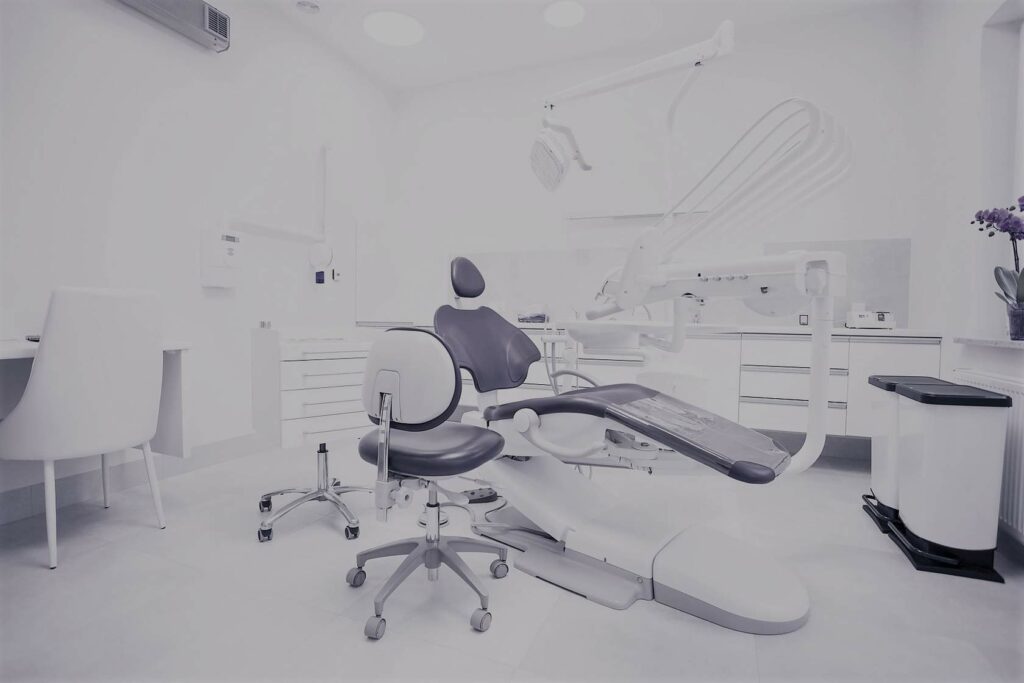Introduction
Introduction

Traumatic dental injuries require timely diagnosis and treatment to optimise the chance of a successful outcome.
Why is an update on dental trauma important?

Consultant in Restorative Dentistry & Clincial Lead, Chair of Dental Trauma UK
Traumatic dental injuries don’t present very frequently in general practice but when they do, you need to be ready.
As dental professionals, we have a duty to keep our knowledge of traumatic injuries up to date.
Click the audio link below to hear from Ms Serpil Djemal.
Audio from Ms Serpil Djemal
Transcript
Thankfully dental trauma cases don’t present very often in general dental practice.
Being able to carry out a thorough assessment and knowing how to manage these situations are important in achieving a successful outcome for the patient.
This online dental trauma guide has been created to provide an update on the presentation, assessment and management of dental trauma.
We hope you enjoy using this guide and consider revisiting it yearly as part of your CPD as well as a reference when the next dental trauma walks through your door!
Two clinical updates have been developed focused on the management of traumatic dental injuries:

Part I of the guide covers the diagnosis and acute management of fracture injuries.

Part II of this guide covers the diagnosis and acute management of luxation injuries.
On completing this update you should be able to:
Outline the principles for assessment of a traumatic dental injury.
Be able to diagnose common fracture injuries using clinical and radiographic signs.
Implement the appropriate initial management for the specific fracture injury.
Understand the required monitoring periods and follow up care necessary for ensuring a successful long-term clinical outcome.





